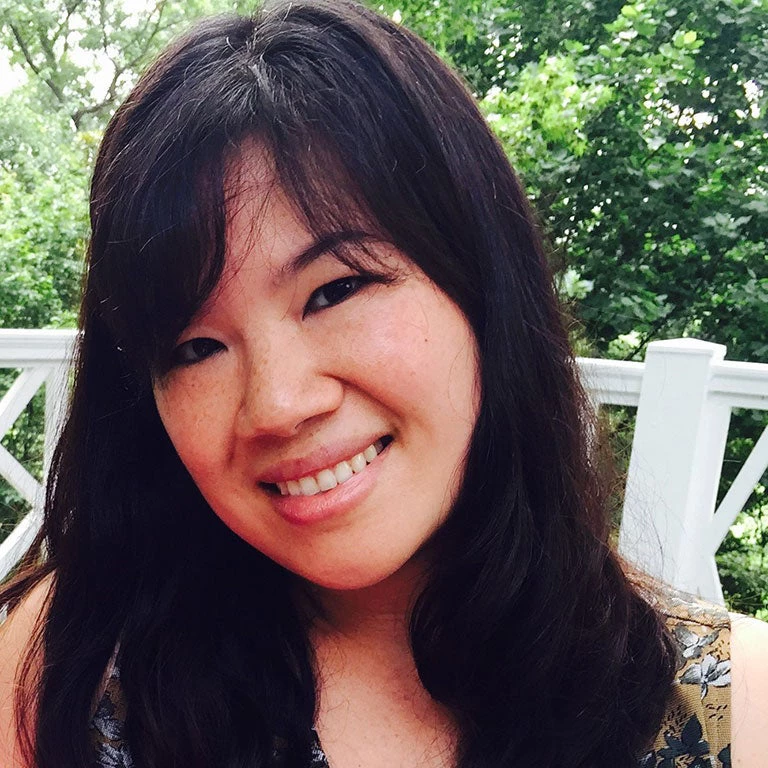 Sewing and tailoring workshop in South Kivu. Photo: Helena Hwang / World Bank
Sewing and tailoring workshop in South Kivu. Photo: Helena Hwang / World Bank
Before we dive into the lessons learned from the Democratic Republic of Congo (DRC) Gender-based Violence (GBV) Prevention and Response Project, we want to share some of the challenges to women’s empowerment in the country.
In the DRC, decades of conflict, poverty, and social inequality have left women disproportionately vulnerable to varying forms of violence and to broader economic exclusion. In the DRC, where nearly 75% of the population lives on less than $2.15 a day, fostering better livelihoods for women matters—not just for individuals, but for families and communities. Without access to safe, sustainable livelihoods, many women are left with limited options to support themselves and their families. To make matters worse, GBV remains a harsh reality in the country: nearly 50% of females aged 15 to 49 have experienced intimate partner violence, and more than a quarter have experienced sexual violence.
Concentrating on four Provinces, the DRC GBV Prevention and Response Project is a $100 million World Bank initiative implemented by five government ministries in partnership with local NGOs, civil society actors, as well as Centers of Excellence Panzi Hospital and Heal Africa and their satellite one-stop centers (OSCs).
Our newly published paper discusses how a demand-driven market analysis conducted across North Kivu, South Kivu, and Tanganyika informed our project’s economic support services as part of efforts to increase participation in GBV prevention programs and promote the utilization of multi-sectoral response services for GBV survivors and vulnerable women.
We are excited to share how our study was conducted, and what we learned from it. During this exercise, we followed market-based realities and explored potential livelihood options without limiting ourselves to considering only jobs mainly done by women. By gathering input from over 1,400 participants, including business owners, community leaders, GBV survivors, and other vulnerable women, the initiative sought to understand local market needs and explore all possibilities. The market analysis followed the classic 4Ps marketing framework:
- Product: What are women producing or offering?
- Price: Can they make a profit?
- Place: Is the location safe and accessible?
- Promotion: How will they find customers?
This wasn’t just theory. What we did was customer-led, practical research that led to tailored livelihood menus for each region. Promising opportunities included:
- Agriculture and livestock: High demand, good returns, and feasible in rural areas.
- Baking and cooking: Especially strong demand in South Kivu.
- Sewing/tailoring: A good fit for women with disabilities.
- Soapmaking: In demand in Tanganyika.
Each option was selected according to income potential and other factors like sustainability and safety. More than 1,500 women completed vocational training aligned with real market opportunities. They received literacy lessons, life skills and business trainings, as well as startup kits to launch their businesses. Land access was secured to support agriculture and livestock, and the community ovens continued to serve women even after the project ended. Many participants reported increases in both income and self-confidence.
We are proud of this work, as we believe that expanding access to economic opportunities and livelihoods is an essential way to improve women’s economic status and reduce their financial vulnerability. Importantly, it also diminishes the risk of exposure to violence. Enabling access to livelihoods is also an integral part of the holistic package of care to support longer-term recovery of GBV survivors.
While the DRC GBV Prevention and Response Project aimed to support about 3,800 women, it ended up providing economic support services to over 87,000 beneficiaries, more than 23 times the original goal! We were ecstatic to have helped so many women gain access to a wide range of opportunities, from training in literacy and numeracy to learning business skills and joining Village Savings and Loan Associations (VSLAs).
Looking back, there are several factors that contributed to the project’s success:
- Asking the right people: Input came from business owners, community leaders, and the women themselves.
- Investing in the process: From training to land access, the project emphasized the sustainability of the improved livelihoods we suggested to participants.
- Working with local providers: Partnerships with trusted organizations like Panzi Foundation and Heal Africa ensured local knowledge and expertise.
This model shows that when we listen to the market and make informed choices, we can improve livelihoods for those that need it the most. We’re proud that our work is helping women in the DRC do more than just make bread—they’re making better opportunities.



Join the Conversation